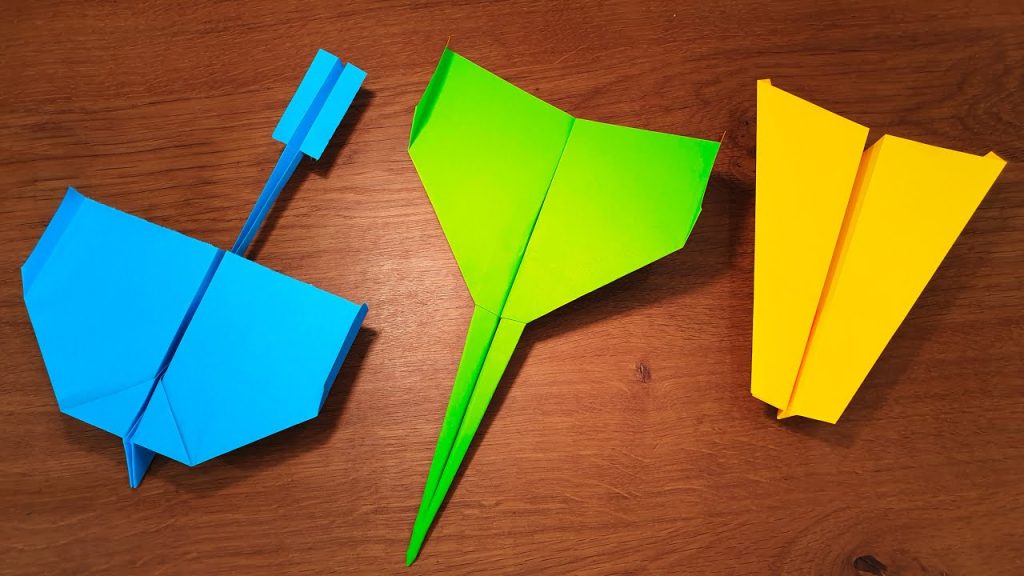In an era where screens and gadgets dominate a significant portion of a child’s leisure time, finding creative and educational activities that can captivate their interest is becoming increasingly crucial. Origami, the ancient art of paper folding, offers a wonderful solution. It not only stimulates a child’s imagination but also enhances their cognitive abilities.
This article delves into the world of origami as a captivating activity for children, highlighting its benefits and providing practical tips for parents and educators on how to effectively involve children in this timeless craft.

The allure of Origami
Origami, a mesmerising fusion of the Japanese words “oru” (to fold) and “kami” (paper), stands as a testament to human creativity and ingenuity. More than just an art form, origami is a window into the incredible potential inherent in simple materials and a vivid example of the wonders of transformation.
At the heart of origami is the interplay between imagination and technique. It’s reminiscent of a musical composition, where individual notes come together to form a harmonious symphony. A solitary, unassuming sheet of paper, when folded with precision and intention, metamorphoses into complex and delicate shapes, each telling a story or capturing an essence. From lifelike creatures to abstract sculptures, the range of forms that origami can take is virtually limitless.
But perhaps the most enchanting aspect of origami is its accessibility and universality. With just a sheet of paper and some patience, anyone, regardless of age, can partake in this craft. Children, especially, find joy in the simplicity of origami. With a few carefully guided folds, they can watch a mundane piece of paper come to life as a soaring aeroplane or a majestic animal. This tangible process not only instils a sense of wonder in them but also boosts their self-esteem. The tactile experience, combined with the visual transformation, serves as an affirmation of their capability and creativity.
Benefits beyond artistry
Engaging children in origami offers a plethora of benefits that extend beyond the artistic realm. It’s a stealthy educational tool that enhances fine motor skills, hand-eye coordination, and spatial understanding. The process of folding paper airplanes, for instance, demands precision and attention to detail, honing a child’s motor skills without them even realizing it. Moreover, origami encourages patience, concentration, and the ability to follow instructions – skills that are transferable to various aspects of a child’s life.

Bringing learning to life
One of the fascinating aspects of origami is its ability to make learning enjoyable. By introducing paper aeroplanes and animals from different parts of the world, children can learn about geography and wildlife in an interactive and engaging manner. They can explore the majestic flight of a paper crane, understand the significance of the hopping frog, and even delve into the world of mythology with Pegasus-inspired folds. This hands-on approach to learning not only broadens a child’s knowledge but also deepens their appreciation for different cultures.
Practical tips for parents and educators
- Start Simple: Introduce origami to children with straightforward designs like paper aeroplanes or boats. This initial success will ignite their interest and confidence.
- Use Vibrant Paper: Colorful and patterned paper adds an element of excitement to the craft. Let children choose their paper, making the activity a visual treat.
- Interactive Sessions: Origami is best learned through interactive sessions. Parents and educators can join in, providing guidance and encouragement.
- Storytelling Through Folds: Weave stories around origami creations. For instance, with paper aeroplanes, discuss imaginary journeys to far-off lands.
- Gradual Complexity: As children gain confidence, gradually introduce more complex designs. This progression keeps them engaged and motivated to learn.
- Create a Display: Showcase your child’s creations. This not only boosts their confidence but also gives them a tangible sense of achievement.

Conclusion
In a world dominated by technology, introducing children to the art of origami is akin to opening a door to a realm of creativity, learning, and personal development. Through the simple act of folding paper aeroplanes and crafting animals, children can acquire essential life skills while revelling in the joy of creation. By following the tips provided in this article, parents and educators can effectively involve children in the captivating world of origami, fostering a lifelong appreciation for this ancient craft.
If you want to check out more lifestyle and general pieces like this, then just click right here.